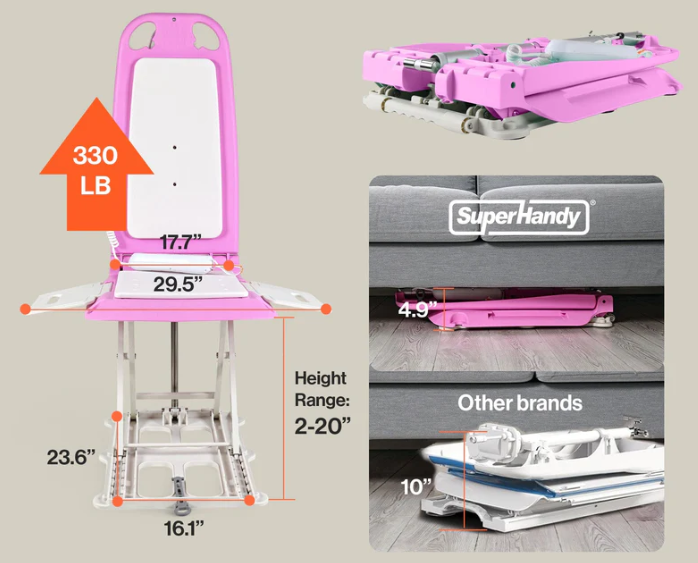
You need to keep yourself and the person you help safe when using a floor lift. Many caregivers and nurses get hurt when they lift or move patients.
52% of nurse injuries happen from working too hard or moving wrong.
More than half of nurses say they have back pain from lifting.
Practice |
How Well It Lowers Injuries |
|---|---|
Manual lifting and back belts |
Not very good |
Using patient handling equipment |
Very good |
Using the right equipment keeps everyone safe.
Floor Lift Basics & Safe Patient Handling
What Is a Floor Lift
A floor lift helps you move a patient who cannot stand or walk. You use it to lift a patient from a bed, chair, or even the floor. This equipment keeps both you and the patient safe during transfers. There are different types of floor lift devices. Some use manual power, while others use batteries. Each type has special features to help with safety and comfort.
Type of Floor Lift |
Features |
|---|---|
Freestanding Floor Lifts |
U-shaped base, vertical pole, overhead arm for sling. Used for patients who cannot support weight. Can lift from beds, chairs, or the floor. Often includes a scale. |
Powered Floor Lifts |
Battery-operated, smooth lifting, less strain for you. Extra safety features like emergency controls. |
When to Use a Floor Lift
You should use a floor lift when a patient cannot move on their own. If a patient needs help from more than one person or would stay in bed without help, a floor lift is needed. You also use it if the patient must move often to prevent sores or improve health. Always check if the patient meets these needs before using the lift.
Safe Patient Handling Principles
You must follow safe patient handling rules to protect everyone. These steps help prevent injuries like strains, sprains, or even falls.
Never try to lift a patient alone—always use a floor lift and ask for help.
Take your time and focus on safety, not speed.
Keep learning about safe ways to move patients.
Check the area and equipment before each use.
Tip: Involving the patient in the process helps them feel safe and keeps their dignity.
Preparation to Lift a Disabled Person
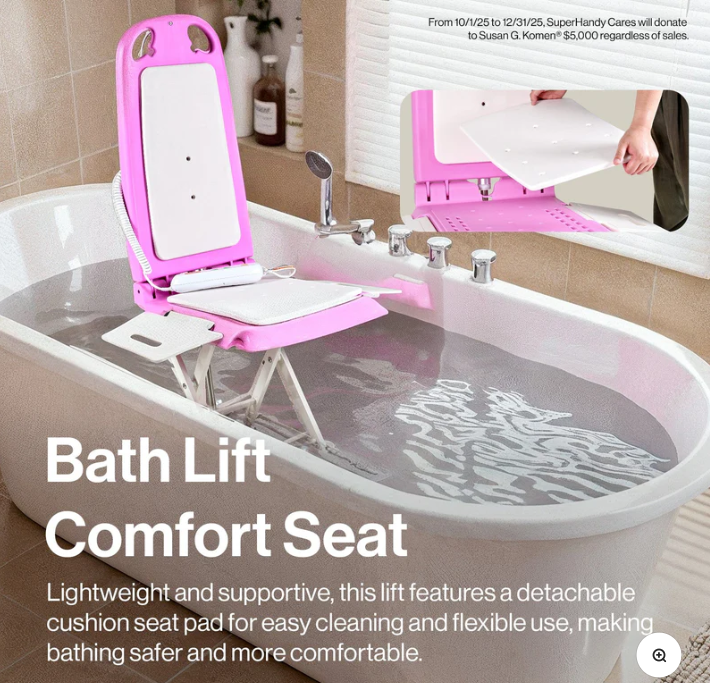
Point of Movement Risk Assessment
Before you lift a disabled person, you need to check for risks. This helps you keep the patient safe and avoid falls. Follow these steps:
Look at what you need to do. Think about the weight, distance, and height for lifting a patient from the floor.
Decide if you can lift the patient safely. Check your own strength and the area around you.
Find ways to lower risks. Ask if you need to lift or if you can use aids.
Change the task if needed. See if you can break it into smaller steps.
Check the patient’s condition. Make sure you can handle the load.
Walk the path you will use. Remove anything that could cause falls.
Plan with other caregivers. Talk about how you will lift a disabled person together.
Use safe lifting techniques. Keep your back straight and use your legs.
Tip: Careful planning helps with prevention and keeps the patient comfortable.
Preparing the Area and Equipment
You must prepare the area before you lift a disabled person. Check for hazards that could cause falls or injuries. Use this table to guide you:
Environmental Factor |
Key Points |
Best Practices |
|---|---|---|
Wind |
Can swing loads and cause falls. |
Stop if wind is strong. |
Rain & Moisture |
Makes slings slippery. |
Dry slings and keep area clear. |
Extreme Temperatures |
Can damage equipment. |
Use rated slings and store gear well. |
Visibility |
Poor light can hide hazards. |
Use bright markers and radios. |
Ground Conditions |
Weak ground can tip lifts. |
Check ground and use mats. |
Common hazards include debris, puddles, and low doorways. Always clear the area to help prevent falls and keep the patient safe.
Checking Clips, Loops, and Straps
Before you lift a disabled person, inspect all parts of the floor lift. Use this checklist:
Before-Use Inspection Checklist |
After-Use Inspection Checklist |
|---|---|
1. Make sure the sling is clean. 2. Check all stitching for wear. 3. Confirm the sling matches the patient’s weight. 4. Follow the lift’s manual. |
1. Look for fraying or cuts. 2. Check for broken fibers. 3. Inspect stitching at joints. 4. Make sure webbing is not separating. |
You help prevent falls and injuries by checking every part. This keeps the patient safe and supports preventing falls at home. As a caregiver, you play a key role in safety.
How to Safely Lift a Patient
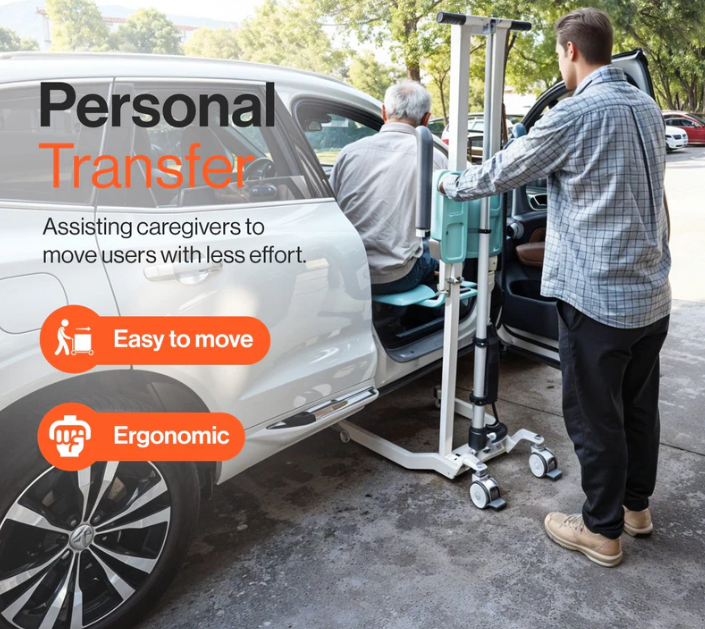
Positioning the Sling
You must position the sling correctly before you pick up a disabled person. This step helps you safely lift a patient and prevents falls. Start by inspecting the sling for fraying, cuts, or damage. Always match the sling type to the patient’s weight and the environment. Never exceed the sling’s working load limit. Use proper hitching and angles to keep the weight balanced. Protect the sling from sharp edges with guards or sleeves.
Common Sling Positioning Errors and How to Avoid Them:
Ignore pre-use sling inspections. Always check for damage before each use.
Use the wrong sling for the patient. Match the sling to the patient’s needs and the lift type.
Overload the sling. Stay within the weight limit.
Hitch the sling incorrectly. Use the right hitch and keep angles even.
Forget sling protection. Use edge guards to prevent cuts.
Store slings poorly. Keep them away from moisture and sunlight.
Tip: Careful sling positioning supports prevention and helps with preventing falls at home.
Using Proper Lifting Techniques
You need to use safe lifting techniques every time you operate patient lifts. These steps help you avoid injury and keep the patient safe. Stand with your feet shoulder-width apart for a stable base. Keep the patient close to your body. Squat down by bending your hips and knees, not your waist. Keep your back straight and shoulders back. Lift by straightening your hips and knees. Take small steps to change direction. Never twist or reach while holding the patient. Take breaks if you feel tired.
Best Practices for Lifting:
Keep the patient close to your body.
Bend at your knees, not your waist.
Lift with your legs, not your back.
Move slowly and avoid jerking.
Know your limits and ask another caregiver for help with heavy loads.
Note: Using proper techniques with hoyer lifts and patient lifts lowers the risk of muscle strains, hernias, and disk injuries.
Operating the Floor Lift Controls
Modern patient lifts and hoyer lifts have safety features to protect you and the patient. Before you start, check that the lift is on stable ground. Inspect the controls and attachments. Most lifts have emergency stop buttons, overload protection, and smooth start/stop mechanisms. Some lifts include battery backup and door sensors.
Safety Features Table:
Safety Feature |
Purpose |
|---|---|
Emergency Stop Button |
Stops the lift in emergencies |
Overload Protection |
Prevents movement if weight is too high |
Smooth Start/Stop |
Reduces sudden movements |
Battery Backup |
Keeps lift working during power loss |
Door Sensors |
Prevents closing on obstacles |
Tip: Always check all attachments and controls before you safely lift a patient.
Transitioning and Lowering Safely
You must follow steps to lift a patient and move them to a bed or chair. Prepare the wheelchair or bed by setting the height and locking the brakes. Use the lift to move the patient slowly. Guide the patient into the chair or bed. Remove the sling or transfer device gently. Adjust the patient for comfort and support.
Lower the patient at a safe speed. For hoyer lifts and patient lifts, keep the lowering speed around 0.05 meters per second. This helps prevent patient fall and keeps the patient calm.
Steps to Take When Someone Falls:
Stay calm and check for injuries.
Use patient lifts or a lifting cushion to move the patient safely.
Follow the importance of fall response by calling for help if needed.
Tip: Smooth transitions and slow lowering help with avoiding injury and falls.


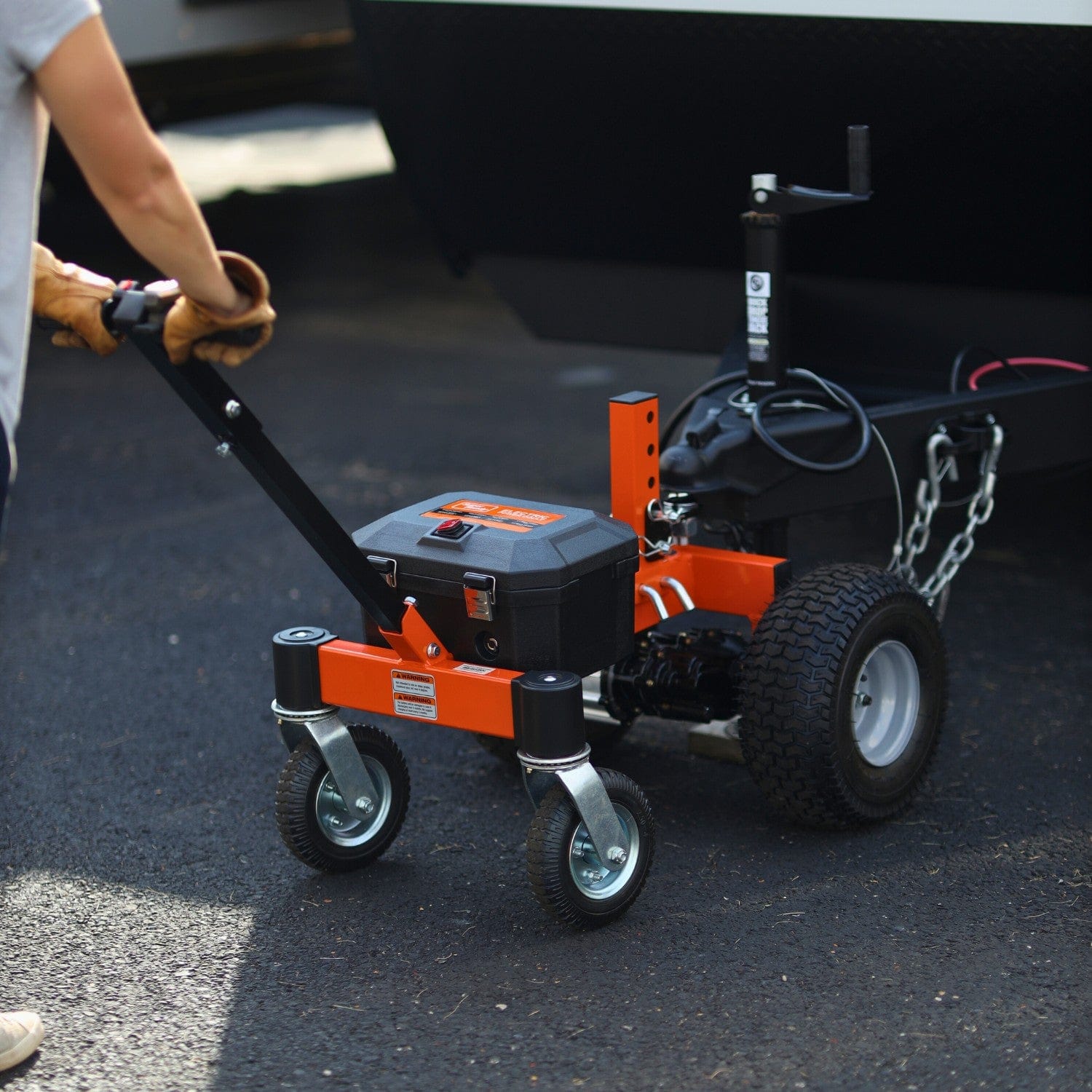
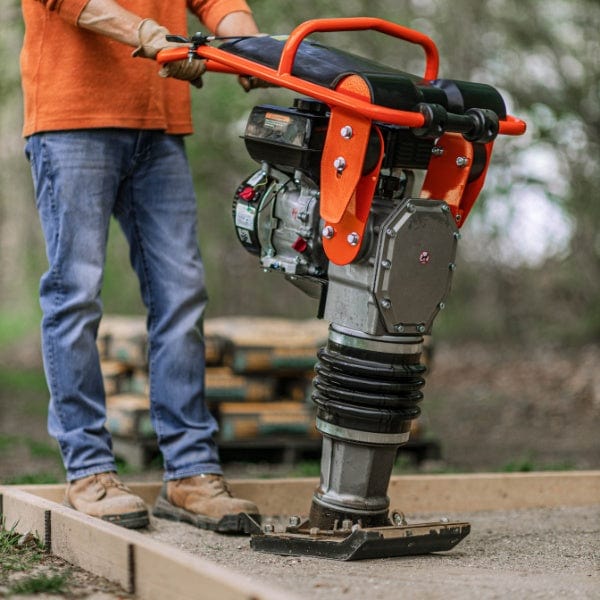
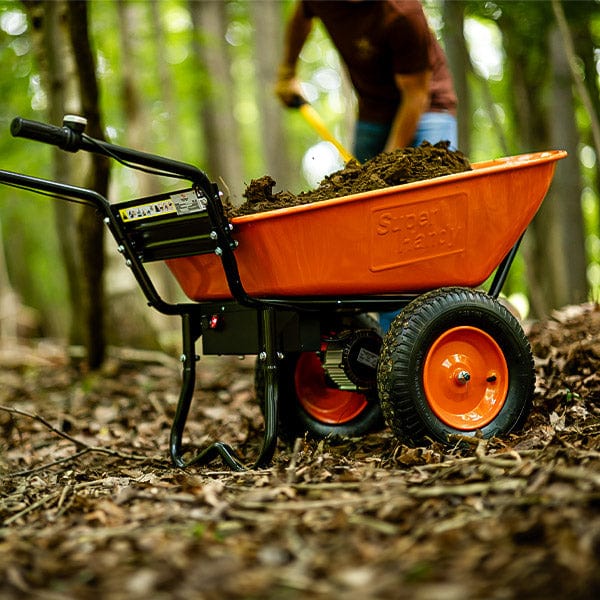
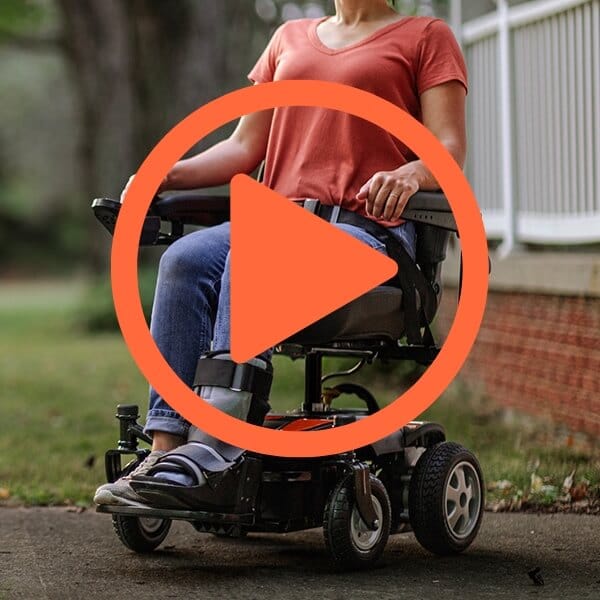

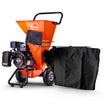
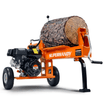

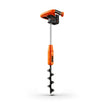
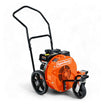
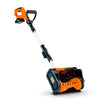
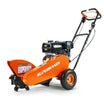
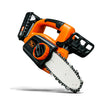
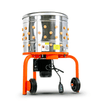
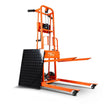
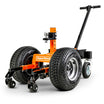
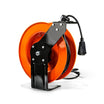
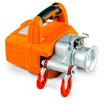
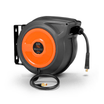

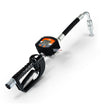
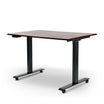
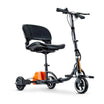
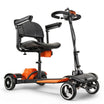
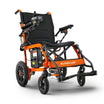


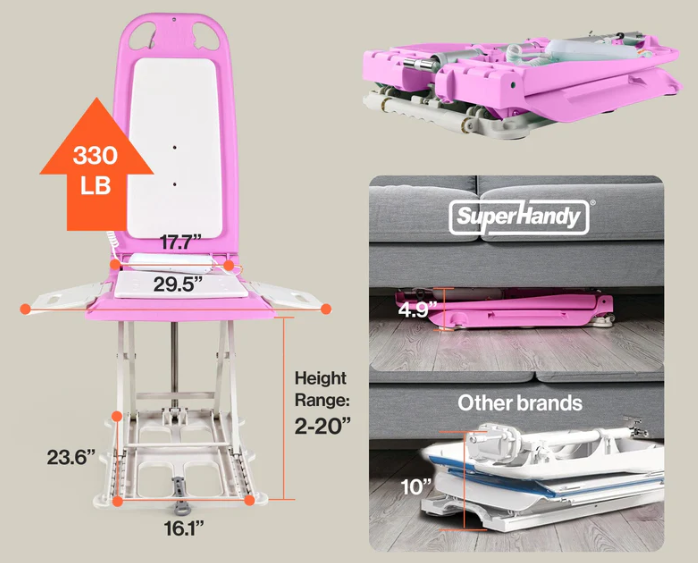
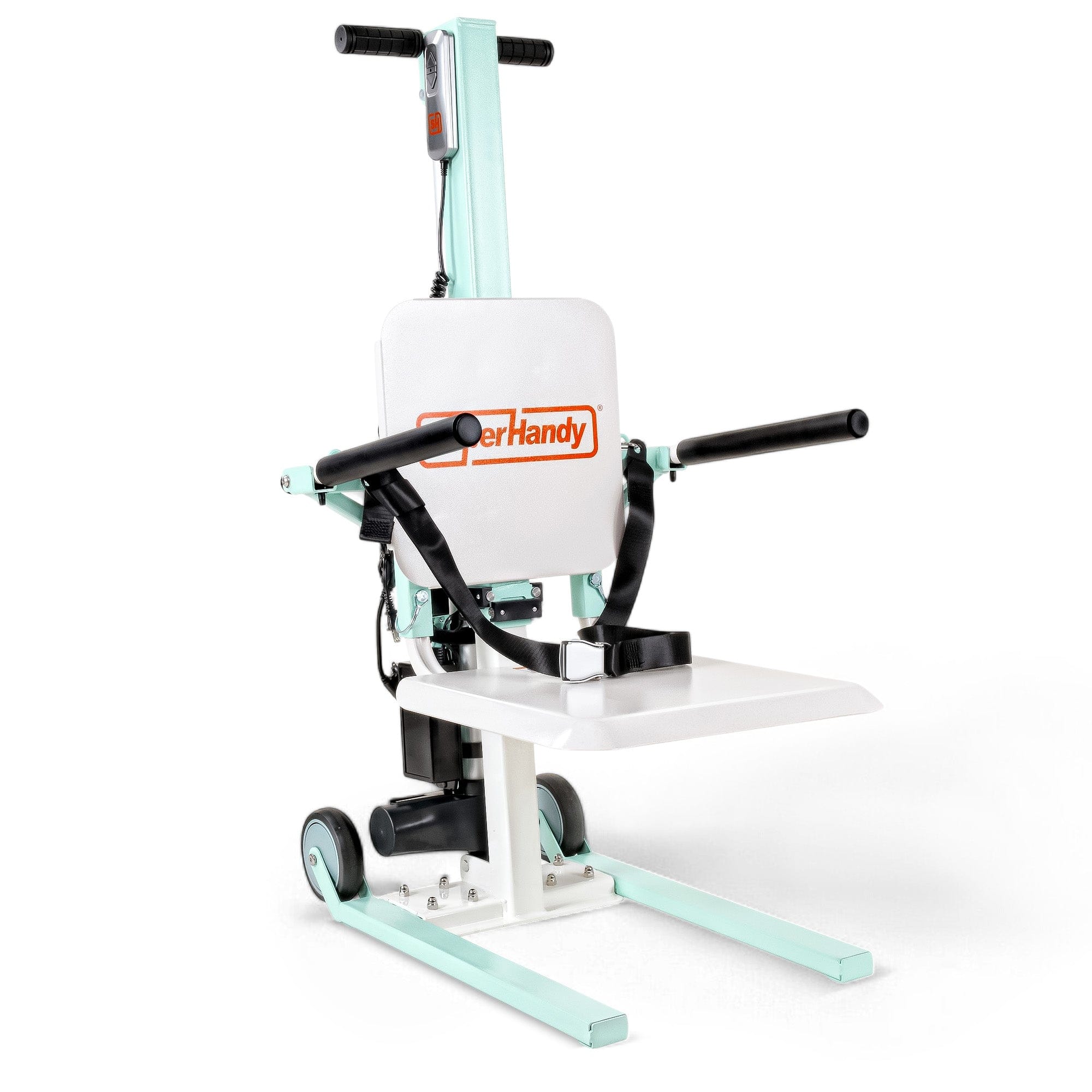
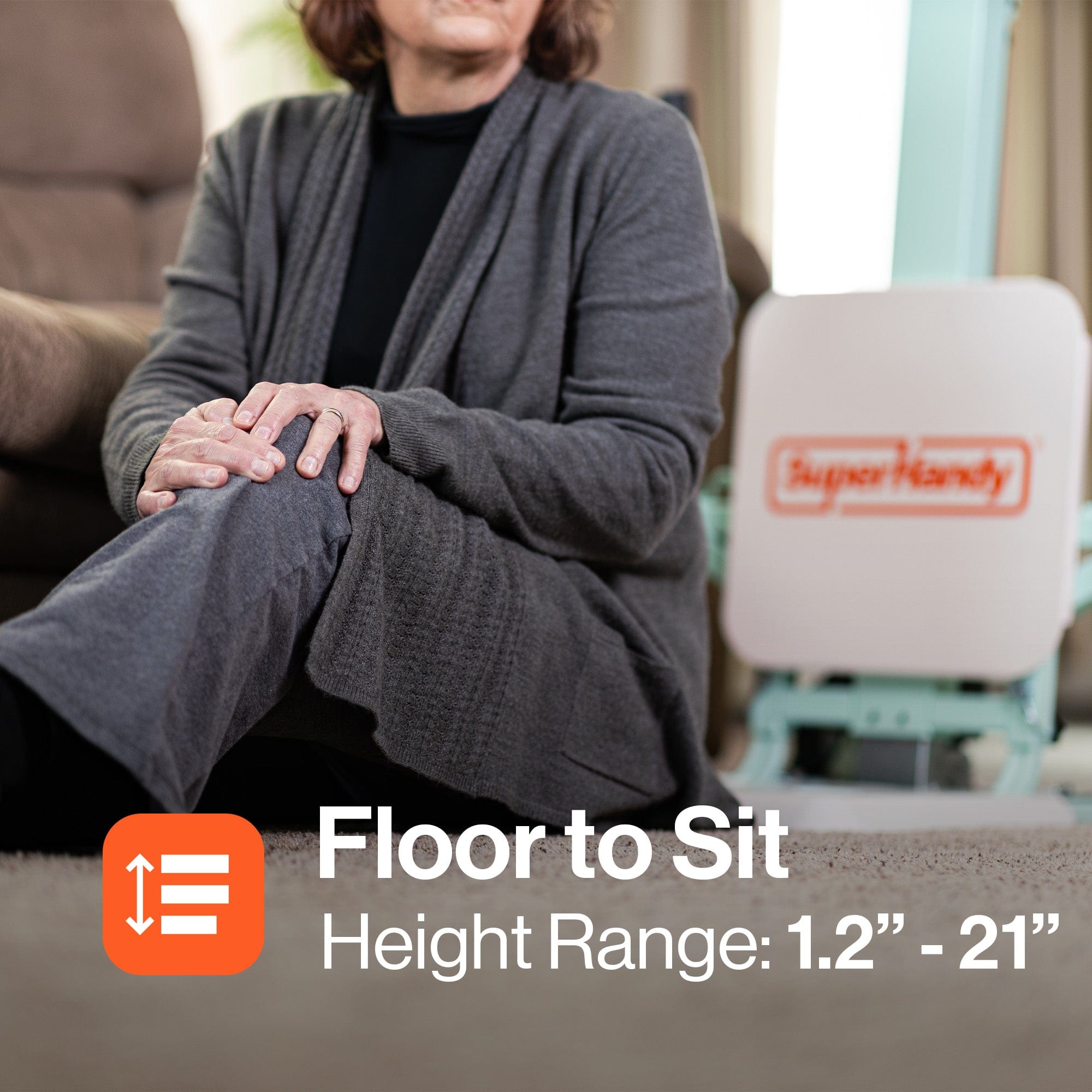
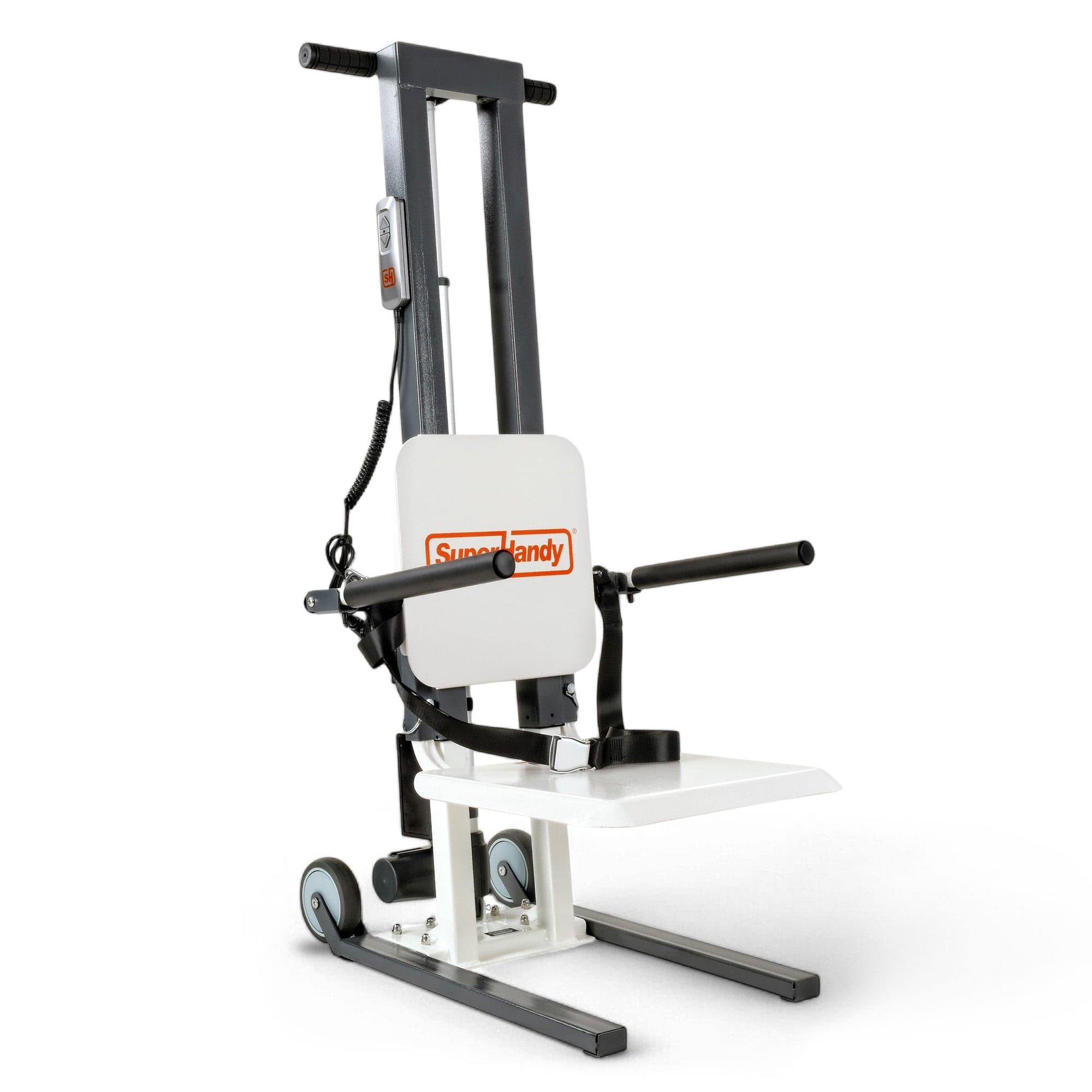
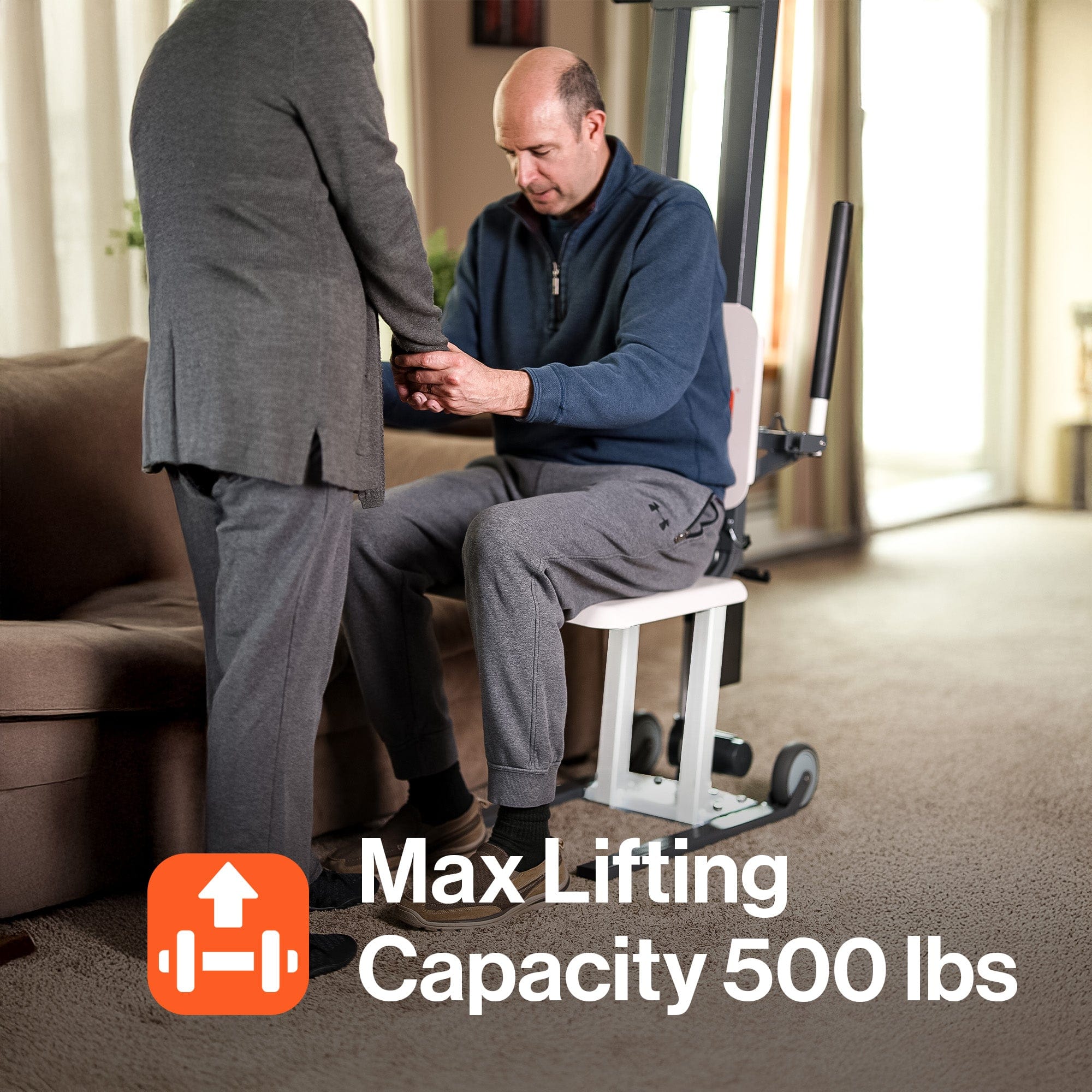
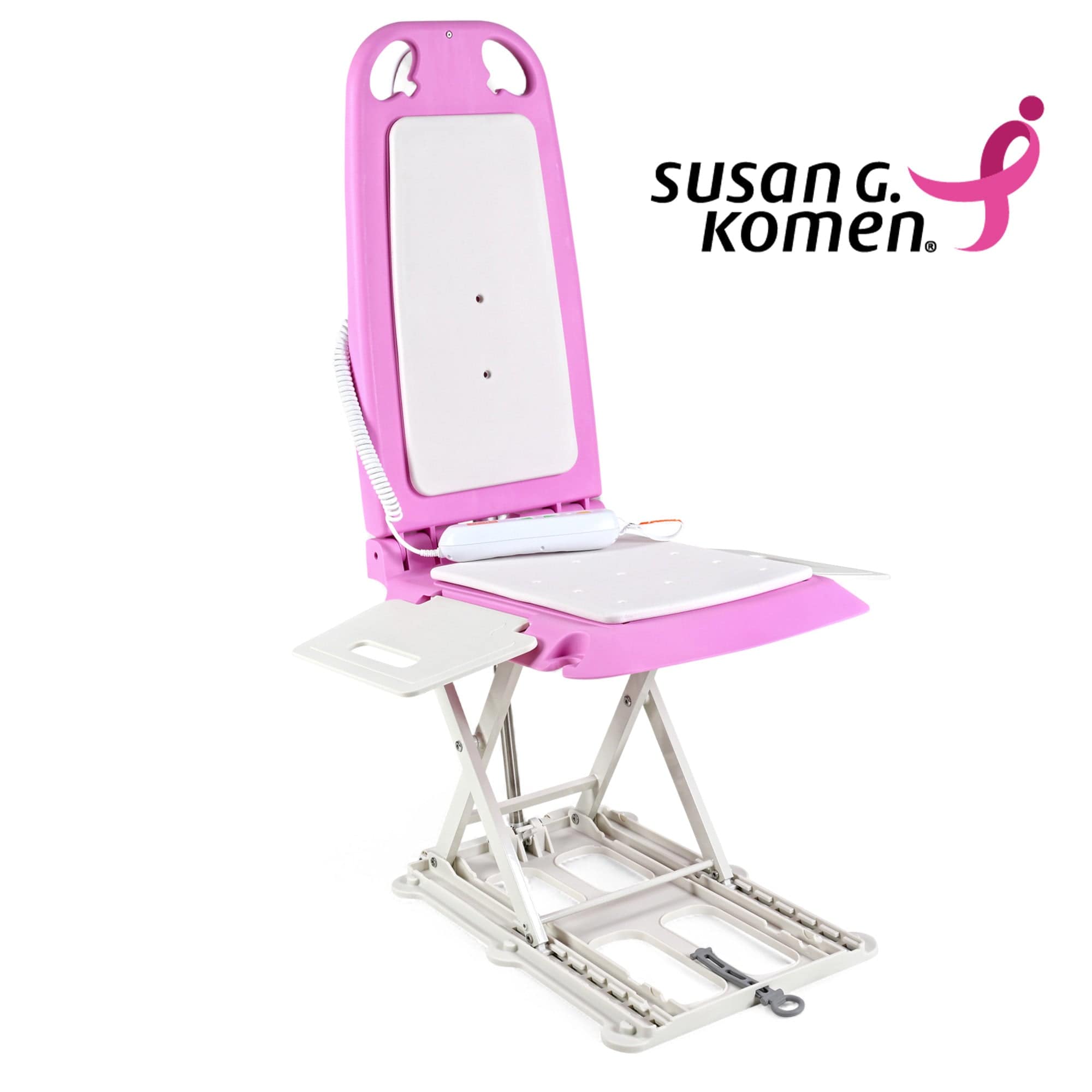

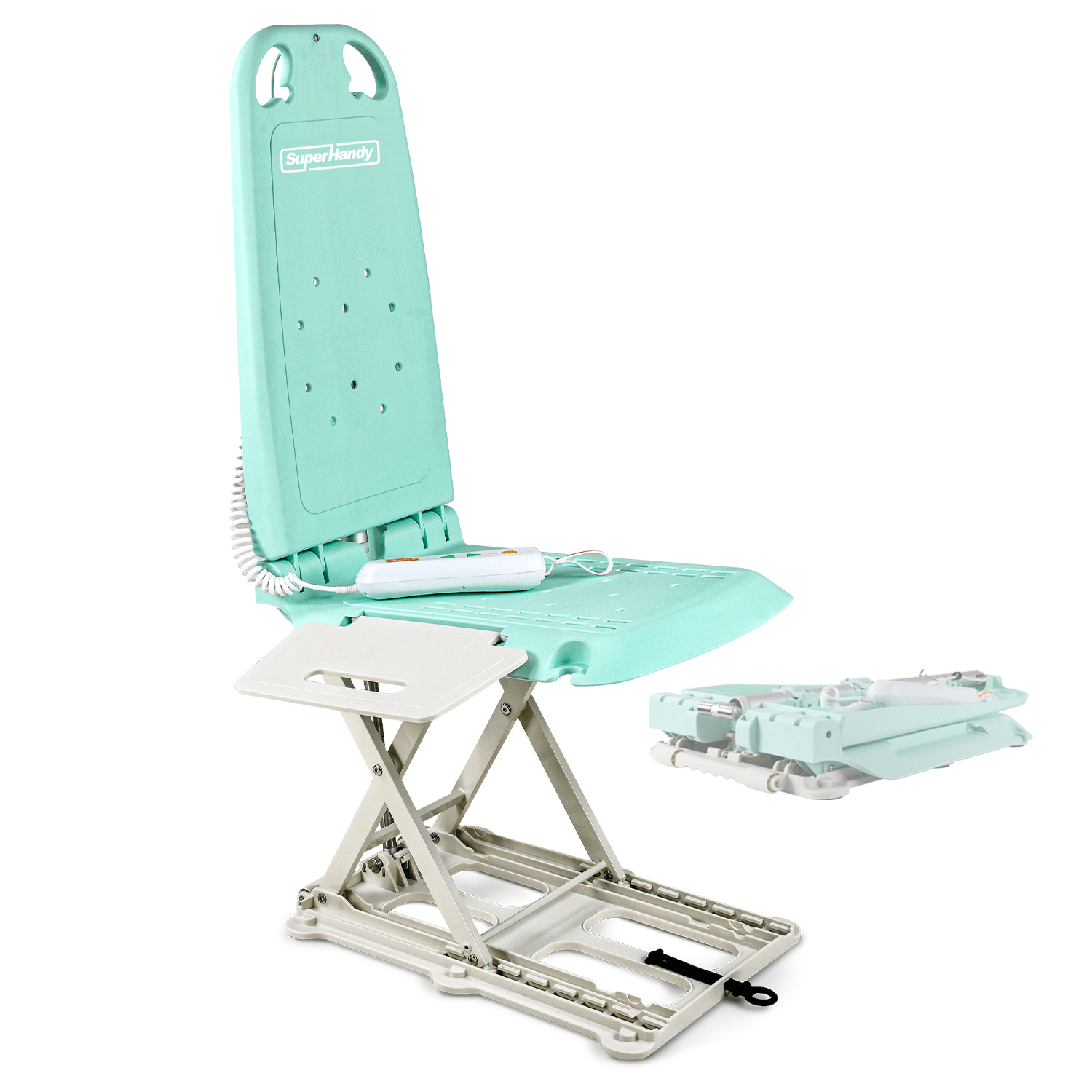
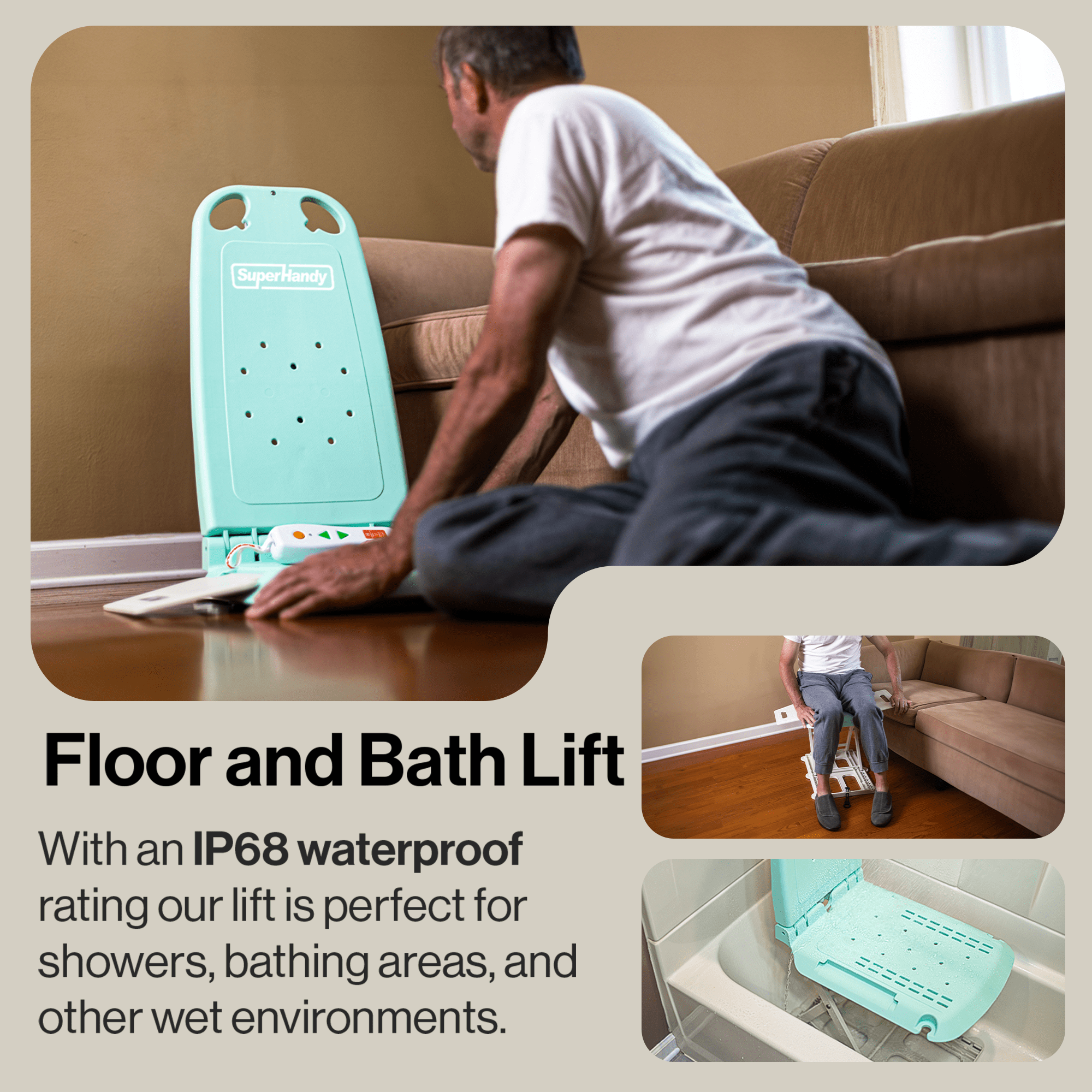
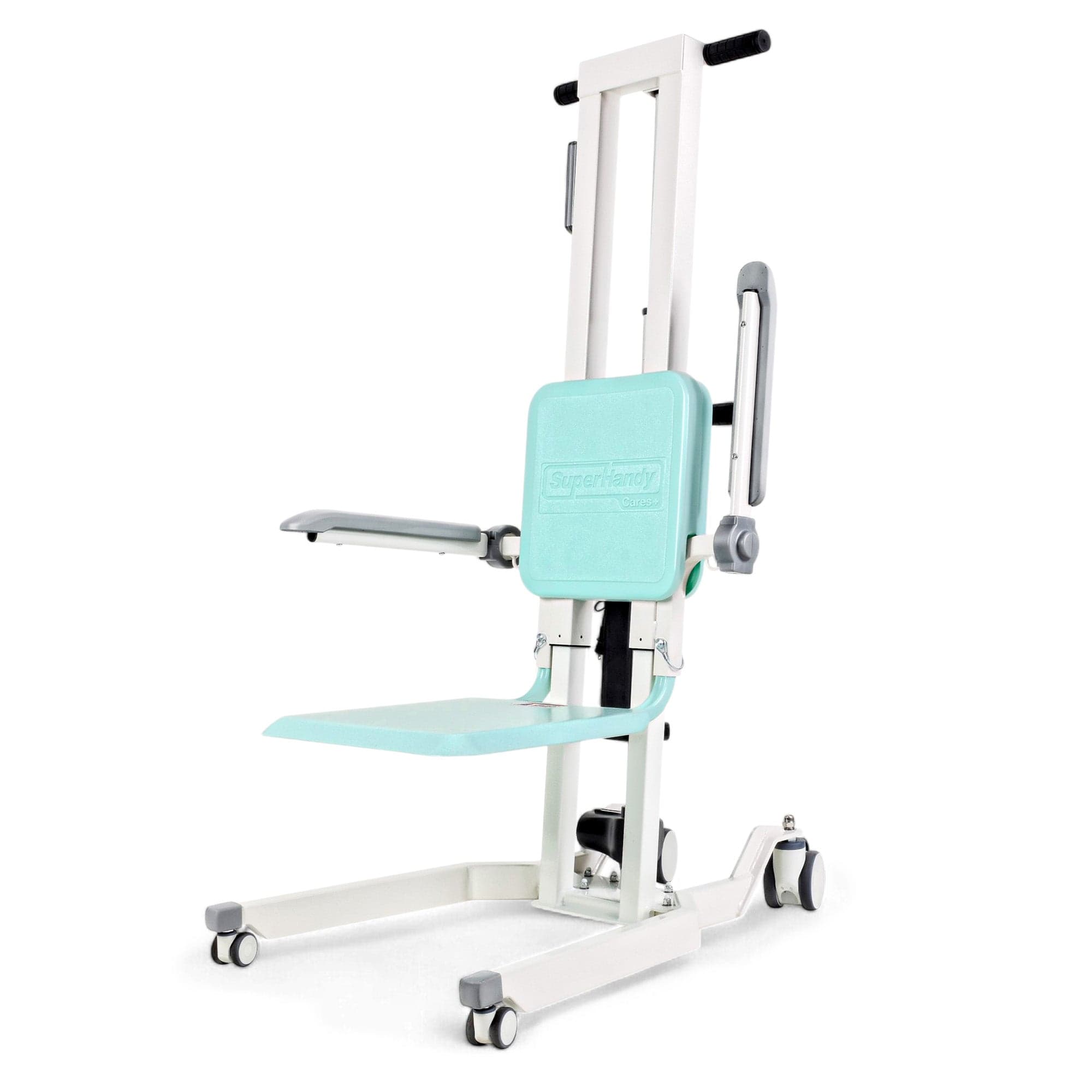
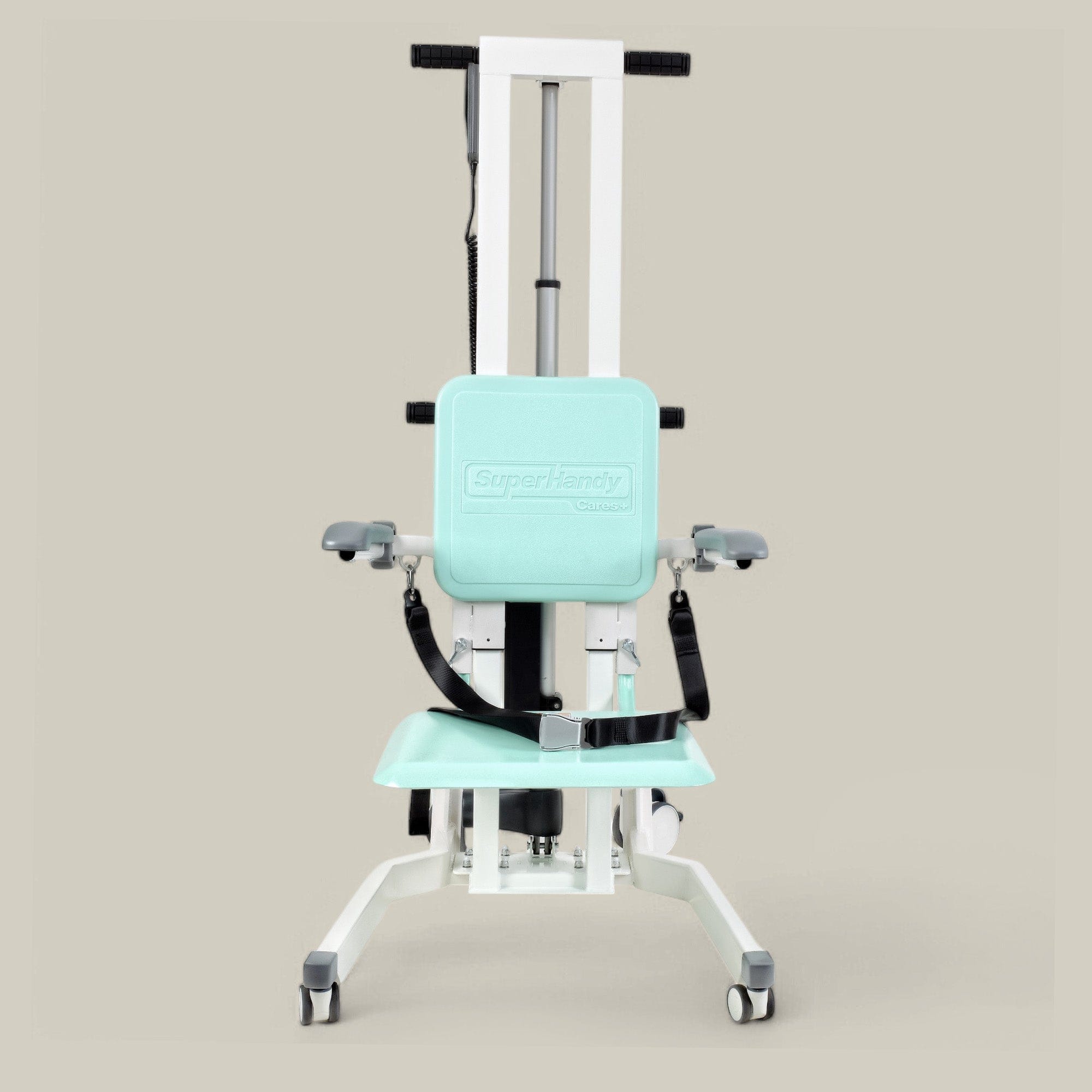
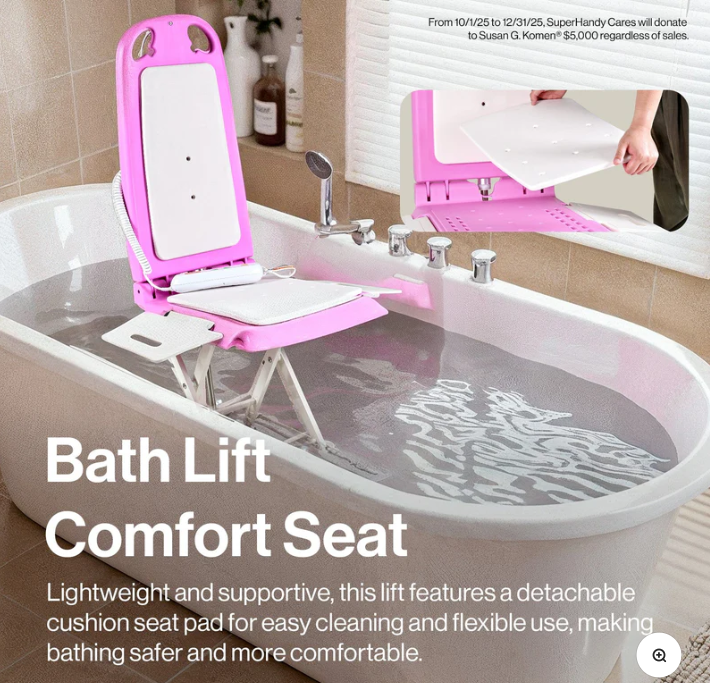
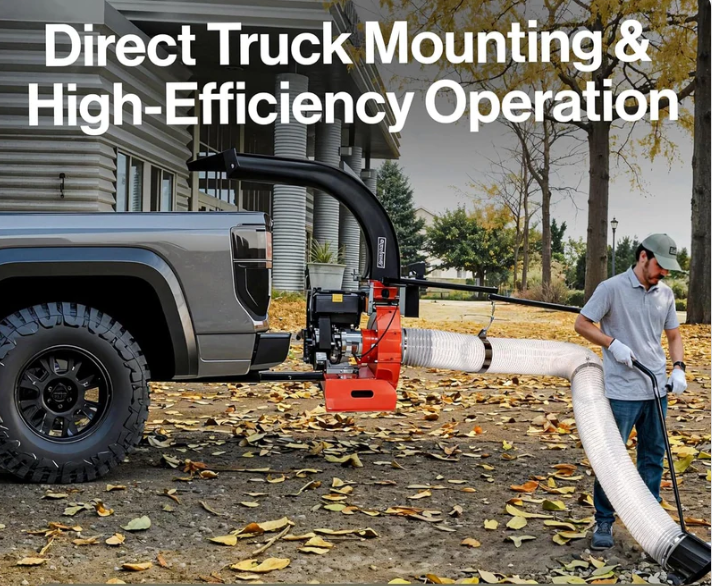
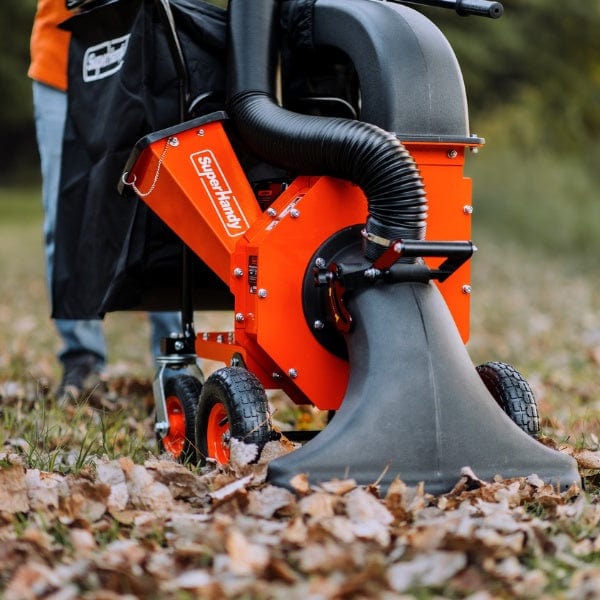
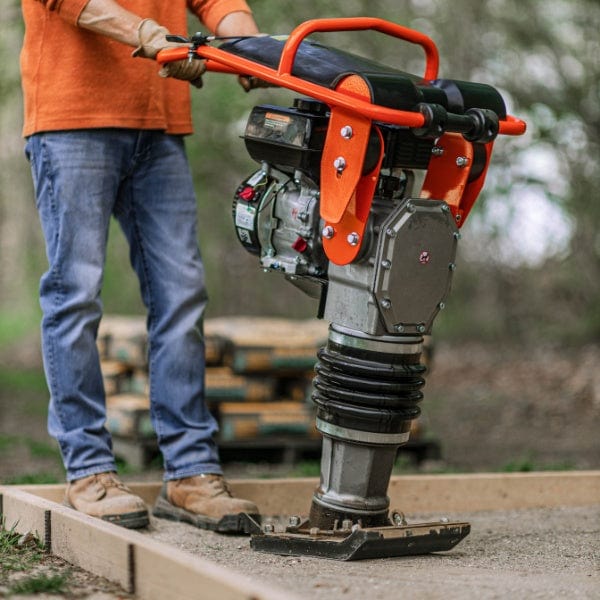
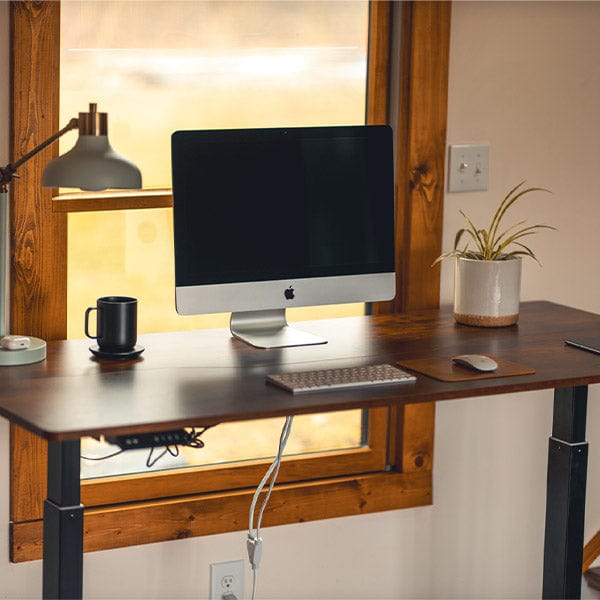
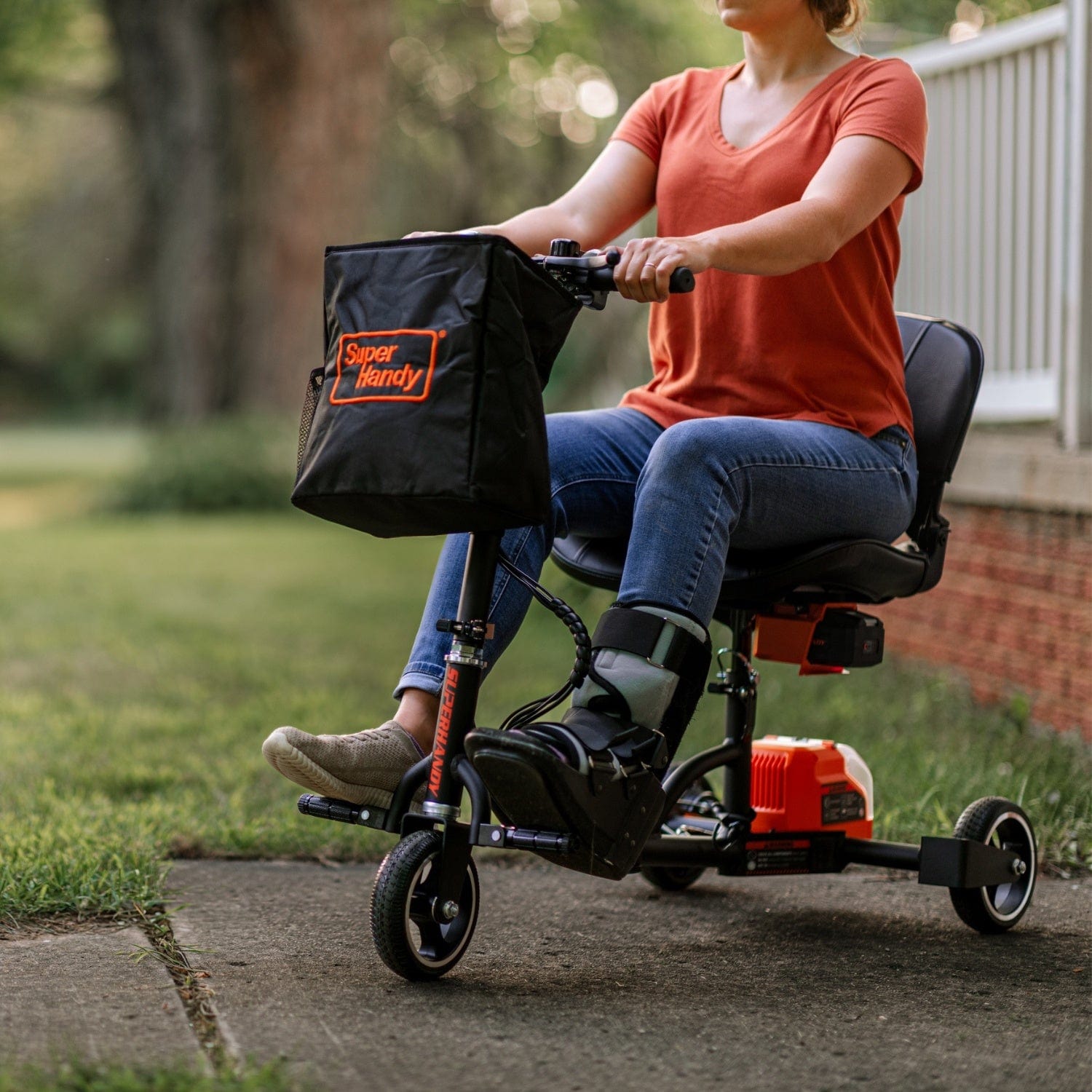
Leave a comment
All comments are moderated before being published.
This site is protected by hCaptcha and the hCaptcha Privacy Policy and Terms of Service apply.